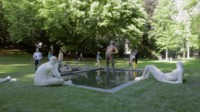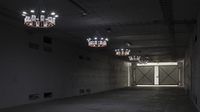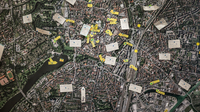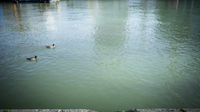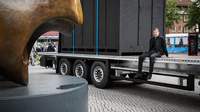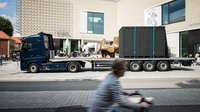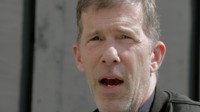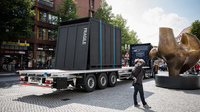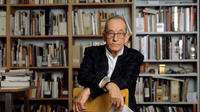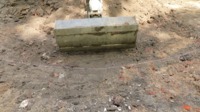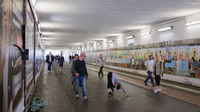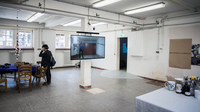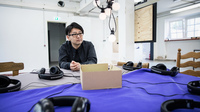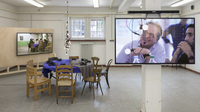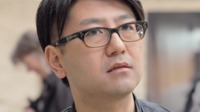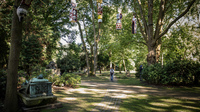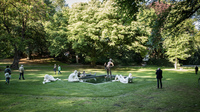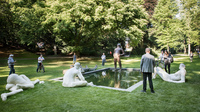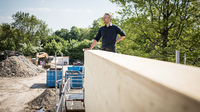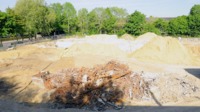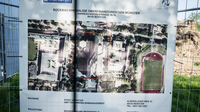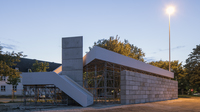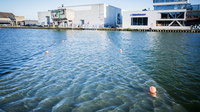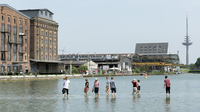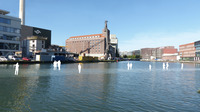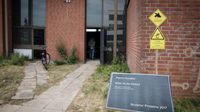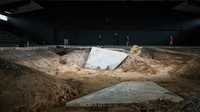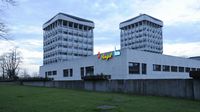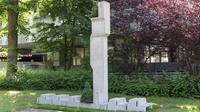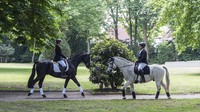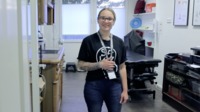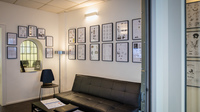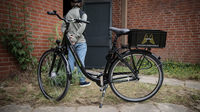Münster: Temporary Art Metropolis

Every ten years Münster shifts from the periphery into the focus of the art world. Its time has come again—with the fifth edition of Skulptur Projekte.
Contents

Cosima von Bonin and Tom Burr: Benz Bonin Burr

Kaspar König and his Deep Drilling

Kaspar König cofounded Skulptur Projekte Münster forty years ago. Since then he and the changing team of curators ensure its success.
Koki Takana: How to Live Together and Sharing the Unknown

Social Processes

Not far from the museum but far removed from traditional sculpture on a pedestal is Koki Tanaka’s work as well. A few years ago, the Japanese artist (b. 1975) represented his homeland at the Venice Biennale. Large museums have also invited him. Again and again Takana addresses social processes in his works and exhibitions. For instance, when he had nine hairdressers attend a single customer.
Hito Steyerl

Nearby is Westdeutsche Landesbausparkasse. Hito Steyerl’s video installation fits seamlessly into the modernist aesthetics of the bank lobby. The protagonists of the films are robots. We get a queasy feeling when we watch how they are kicked, shoved, or have big chunks thrown at them and at some point made to fall. It’s fascinating that the film material came from a laboratory and documents scientific experiments on the balance behavior of the humanoid machines.
Nicole Eisenman: Sketch for a Fountain

Christian Odzuck: Off OFD

Ayşe Erkmen: On Water

Pierre Huyghe: After ALife Ahead

Even if you are running out of breath you should give yourself a push and continue to pedal outbound on Steinfurterstraße. Your goal: the former ice rink.
Marl: The Hot Wire

From smartly spruced-up Münster the tour continues to rather run-down Marl. For the first time Skulptur Projekte is cooperating with the Ruhr town that saw its best years in the 1960s.
Fahrradständermonument

The heart of the towns’ cooperation is the exchange of sculptures. Thus Ludger Gerdes’ yellow neon work Angst (Fear) was removed from the wall of Marl’s town hall and taken to the Ägidiimarkt in Münster. In return Richarch Artschwagers’ Fahrradständermonument (Bicycle Stand Monument) came to Marl. Three-and-a-half meters tall, it now rises behind the city hall and has a completely different effect at the new site.
Michael Smith: Not Quite Under_Ground“

The Fine Print

The Fine Print
Text & concept: Stefanie Stadel
Photos & videos: Markus J. Feger
Except:
Aram Bartholl, 3V, © Skulptur Projekte 2017, photo by Henning Rogge. Kasper König, photo by Arne Wesenberg. Xavier Le Roy with Scarlet Yu, Still Untitled, © Skulptur Projekte 2017, photo by Henning Rogge.
Christian Odzuck: OFF OFD, © Skulptur Projekte 2017, photo by Henning Rogge. Ayşe Erkmen, On Water, © Skulptur Projekte 2017, photo by Henning Rogge. Marl town hall with Ludger Gerdes, Angst, 1987, © Skulpturenmuseum Glaskasten Marl. Richard Artschwager, Ohne Titel (Fahrradständermonument B), Skulptur Projekte in Münster 1987, Skulpturenrausch 2017, Marl, © photo Thorsten Arendt.
Reiner Ruthebeck: Begegnung Schwarz/Weiß, action, 2017, Marl, © photo Thorsten Arendt.
Edited by Andrej Klahn
Translated from German by Claudia Lupri
A production of K.WEST Verlag for www.kulturkenner.de.



































































